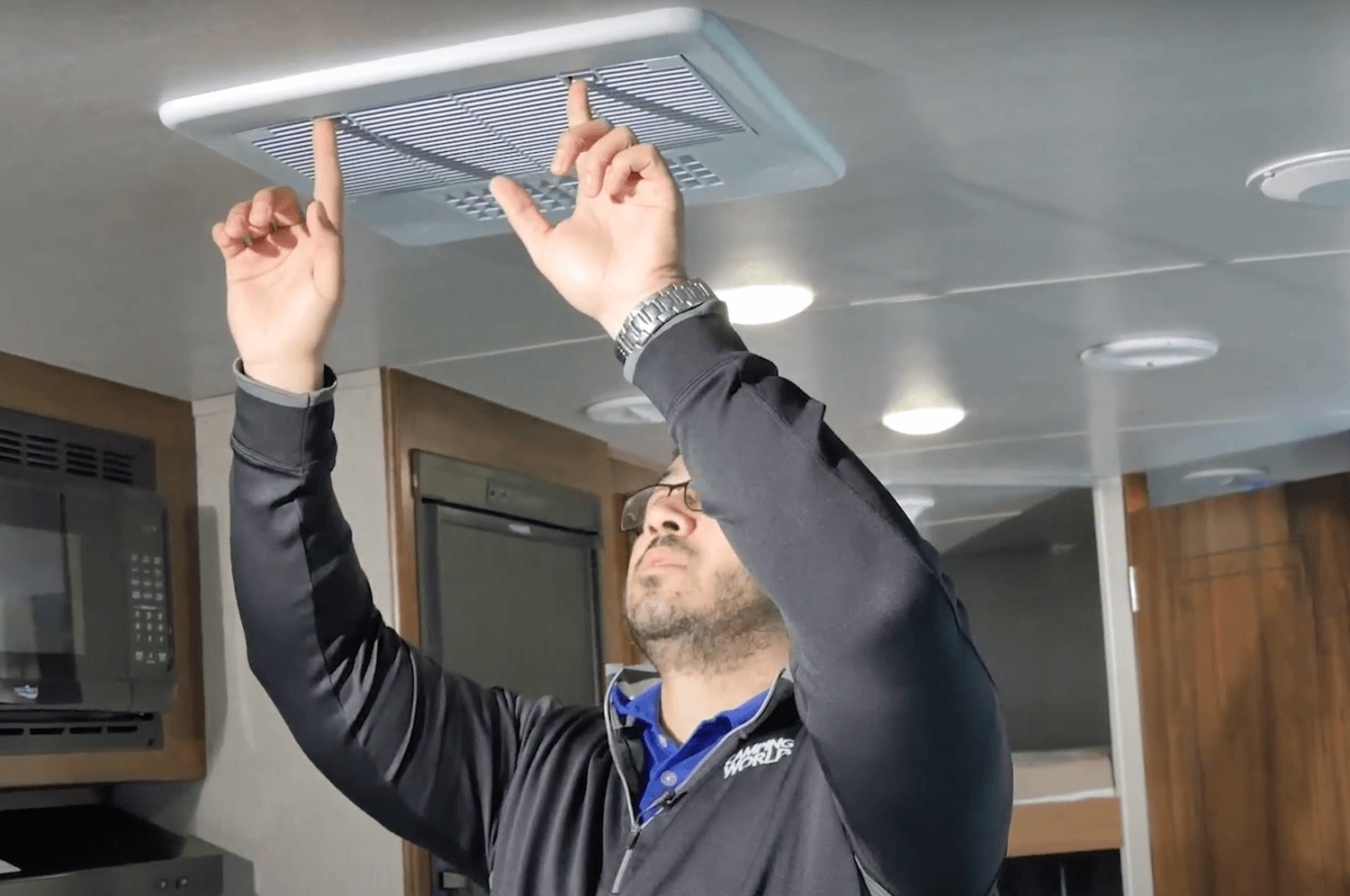

Articles
Which Way To Install Air Filter In Ceiling
Modified: October 27, 2024
Learn the correct way to install an air filter in a ceiling. Read our informative articles for step-by-step instructions and expert tips.
(Many of the links in this article redirect to a specific reviewed product. Your purchase of these products through affiliate links helps to generate commission for Storables.com, at no extra cost. Learn more)
Introduction
Welcome to our guide on installing an air filter in the ceiling! As indoor air quality becomes increasingly important for our health and well-being, ensuring clean and filtered air circulation throughout our homes has become a top priority. One effective way to achieve this is by installing air filters in our ceilings.
An air filter in the ceiling can help trap and remove airborne particles such as dust, pollen, pet dander, and even some bacteria and viruses, providing cleaner air for us to breathe. Whether you’re a homeowner looking to improve the air quality in your living space or a business owner aiming to create a healthier environment for your employees and customers, installing an air filter in the ceiling can be a wise investment.
In this article, we will explore the importance of installing an air filter in the ceiling, discuss the different types of air filters available for ceiling installations, highlight key factors to consider when choosing an air filter, guide you through the proper steps for installation, and provide insights on how to maintain and replace the filters for optimal performance.
So, whether you’re a homeowner, a business owner, or simply curious about improving the air quality in your surroundings, let’s dive into the world of ceiling air filters and discover how they can make a significant difference in our indoor environments.
Key Takeaways:
- Installing an air filter in the ceiling is a proactive step towards creating a healthier indoor environment, improving air quality, reducing allergens, preventing mold, and enhancing HVAC system efficiency.
- When choosing and installing a ceiling air filter, consider factors such as filtration efficiency, airflow resistance, proper sizing, and regular maintenance to ensure optimal performance and a healthier living or working environment.
Read more: Which Way Does AC Filter Go
Importance of Installing an Air Filter in the Ceiling
When it comes to maintaining a healthy indoor environment, the quality of the air we breathe is paramount. Indoor air can be filled with various pollutants, such as dust, allergens, mold spores, and volatile organic compounds (VOCs), all of which can have negative impacts on our health. Installing an air filter in the ceiling can help address these issues and provide numerous benefits:
- Improved Air Quality: One of the primary benefits of installing an air filter in the ceiling is the enhancement of indoor air quality. The filter traps and removes contaminants, preventing them from recirculating through the HVAC system. This results in cleaner air, reducing the risk of respiratory problems for occupants.
- Allergy Relief: For individuals suffering from allergies or asthma, airborne particles like pollen, pet dander, and dust mites can trigger symptoms. A ceiling air filter helps capture these allergens, minimizing their presence in the air and providing relief for allergy sufferers.
- Odor Reduction: Unpleasant odors caused by cooking, pets, or chemicals can linger in indoor spaces. An air filter in the ceiling can help reduce these odors by trapping particles that carry the smell, leaving the air fresher and more pleasant.
- Mold Prevention: Moisture in the air can lead to the growth of mold and mildew, which can be harmful to our health. By installing an air filter, you can minimize the circulation of mold spores, reducing the risk of mold growth and preventing related health issues.
- Increased Energy Efficiency: Air filters also play a role in improving the energy efficiency of HVAC systems. By preventing the buildup of dust and debris on the system’s components, the system operates more efficiently, reducing energy consumption and lowering utility costs.
- Extended HVAC System Lifespan: Dust and dirt can accumulate within HVAC systems, potentially causing damage and reducing their lifespan. By using air filters in the ceiling, you can prevent the buildup of debris, ensuring that the system runs smoothly and lasts longer.
Overall, installing an air filter in the ceiling is a proactive step toward creating a healthier indoor environment. It not only improves air quality and reduces allergens but also helps with odor reduction, mold prevention, energy efficiency, and the longevity of HVAC systems. Now that we understand the significance of ceiling air filters, let’s explore the different types available and how to choose the right one for your needs.
Different Types of Air Filters for Ceiling Installations
When it comes to choosing an air filter for ceiling installations, there are several options available, each with its own benefits and considerations. Let’s explore the different types of air filters commonly used in ceiling installations:
- Fiberglass Filters: Fiberglass filters are the most basic and budget-friendly option. They consist of a thin layer of fiberglass fibers that capture larger particles such as dust and lint. While fiberglass filters are not as effective in removing smaller particles or allergens, they can still provide some level of filtration for basic air purification.
- Pleated Filters: Pleated filters are made of polyester or cotton fibers folded into pleats, creating a larger surface area for trapping particles. These filters have a higher efficiency in capturing smaller particles and allergens compared to fiberglass filters. Pleated filters come in various ratings, such as MERV (Minimum Efficiency Reporting Value), indicating their effectiveness in removing particles of different sizes.
- HEPA Filters: HEPA (High-Efficiency Particulate Air) filters are considered the gold standard in air filtration. They are capable of capturing 99.97% of particles as small as 0.3 microns, including pollen, pet dander, dust mites, mold spores, and even some bacteria and viruses. HEPA filters are highly effective in improving air quality, making them popular in hospitals, cleanrooms, and allergy-sensitive environments. However, it’s important to ensure that your HVAC system can accommodate the higher airflow resistance that HEPA filters can cause.
- Activated Carbon Filters: Activated carbon filters are designed to remove odors, gases, and chemicals from the air. These filters have a porous structure that absorbs and traps volatile organic compounds (VOCs) and other odor-causing molecules. Activated carbon filters are often used in conjunction with other filters to provide both odor reduction and particle filtration.
- Electronic Air Cleaners: Electronic air cleaners use electrostatic attraction to capture particles. These filters have an ionization chamber that charges particles, causing them to stick to a collection plate with an opposite charge. Although electronic air cleaners can be effective in removing small particles, regular maintenance is required to clean the collection plates and maintain their efficiency.
When choosing an air filter for your ceiling installation, consider factors such as the specific air quality concerns in your space, the size of the particles you want to capture, and the airflow requirements of your HVAC system. Additionally, ensure that the filter is compatible with your ceiling air vent size and securely fits in the designated filter slot.
Now that we understand the different types of air filters available, let’s delve into the factors to consider when selecting the right air filter for your ceiling installation.
Factors to Consider When Choosing an Air Filter for a Ceiling Installation
Choosing the right air filter for your ceiling installation is crucial to ensure optimal air quality and efficient HVAC system performance. Here are some key factors to consider when making your selection:
- Filtration Efficiency: Determine the level of filtration you require based on your specific needs. Consider factors such as the presence of allergens, the size of particles you want to capture, and the overall air quality in your space. Look for filters with higher MERV ratings or HEPA filters for better filtration performance.
- Airflow Resistance: Air filters create a certain resistance to airflow as air passes through them. It’s important to choose a filter that strikes a balance between filtration efficiency and maintaining adequate airflow for your HVAC system. Restricting airflow too much can lead to reduced system performance and increased energy consumption.
- Filter Size: Measure the dimensions of your ceiling air vent to ensure the filter you choose fits securely. A filter that is too small can allow unfiltered air to bypass the filter, reducing its effectiveness. On the other hand, a filter that is too large may not fit properly, potentially impairing airflow.
- Filter Longevity: Consider the expected lifespan of the air filter. Some filters may need to be replaced more frequently than others, depending on factors such as the level of pollutants in your environment and the manufacturer’s recommendations. Take into account the cost and availability of replacement filters when making your decision.
- Compatibility: Ensure that the air filter you choose is compatible with your HVAC system and specifically designed for ceiling installations. Some filters are designed for specific systems or may require additional components for proper installation. Check the manufacturer’s guidelines and consult with a professional if needed.
- Budget: Consider your budget when selecting an air filter. Higher-quality filters, such as HEPA filters, may come at a higher price, but they offer superior filtration performance. Assess your priorities and choose a filter that aligns with your budget and air quality needs.
- Maintenance Requirements: Different filters have varying maintenance requirements. Some may require regular cleaning or replacement, while others may have washable components. Consider the level of maintenance you are willing to commit to and choose a filter that suits your preference and schedule.
By considering these factors, you can make an informed decision when selecting an air filter for your ceiling installation. Remember that the right air filter will provide effective filtration, maintain proper airflow, and contribute to a healthier indoor environment.
Now that we have explored the factors to consider, it’s time to move on to the proper steps for installing an air filter in the ceiling.
When installing an air filter in a ceiling, make sure to follow the manufacturer’s instructions for the correct orientation. Typically, the airflow direction arrow on the filter should point towards the return air duct.
Proper Steps for Installing an Air Filter in the Ceiling
Installing an air filter in the ceiling is a relatively straightforward process that can greatly improve the indoor air quality in your space. Here are the proper steps to follow for a successful installation:
-
Step 1: Safety First
Before you begin, ensure the HVAC system is turned off to avoid any potential risks. Additionally, wear protective gloves and a mask to safeguard yourself from airborne particles and allergens. -
Step 2: Locate the Air Filter Slot
Locate the air filter slot in your ceiling. This is usually situated behind a vent cover or grille. Carefully remove the cover to access the filter slot. Some covers may require screws or clips to be removed, so use the appropriate tools if necessary. -
Step 3: Measure the Filter Slot
Measure the dimensions of the filter slot to ensure you select the correct-sized air filter. The measurements will help you determine the appropriate filter size needed for a secure and effective fit. -
Step 4: Remove the Old Filter
Take out the old air filter from the slot. Dispose of it properly, following local guidelines for filter disposal. Use this opportunity to clean the surrounding area if needed. -
Step 5: Insert the New Filter
Take the new air filter and position it carefully into the filter slot. Ensure it is snug and fits securely. Align it according to the airflow direction indicated by arrows or instructions on the filter. -
Step 6: Replace the Vent Cover
Once the filter is properly installed, reattach the vent cover or grille. Secure it in place using screws or clips if necessary. Make sure it fits tightly to prevent any air leakage around the filter. -
Step 7: Turn on the HVAC System
Finally, turn on the HVAC system and monitor for proper airflow. Ensure that the filter is properly placed and that there are no unusual noises or airflow restrictions.
By following these steps, you can easily install an air filter in the ceiling and start enjoying cleaner and healthier indoor air. Remember to adhere to proper safety precautions and consult professional help if you encounter any difficulties during the installation process.
Now that you know the proper steps for installation, let’s turn our attention to some common mistakes to avoid when installing an air filter in the ceiling.
Read more: How To Install Air Freshener On Air Filter
Common Mistakes to Avoid During Air Filter Installation in the Ceiling
Installing an air filter in the ceiling is a straightforward process, but there are some common mistakes that can compromise its effectiveness and performance. To ensure a successful installation, avoid the following errors:
- Choosing the wrong filter size: It is crucial to select an air filter that fits properly in the filter slot. Choosing the wrong size can result in gaps or excessive air leakage around the filter, reducing its efficiency. Measure the dimensions of the filter slot accurately before purchasing a replacement filter.
- Installing the filter backward: Air filters usually have directional arrows indicating the correct airflow direction. Installing the filter backward can restrict airflow and cause the filter to work inefficiently. Always make sure to align the filter according to the airflow direction indicated on the filter itself.
- Not replacing the filter regularly: Air filters need to be replaced periodically to maintain optimal performance. Neglecting regular filter replacement can lead to reduced air quality and strain on the HVAC system. Refer to the manufacturer’s guidelines to determine the recommended replacement schedule based on your specific filter type.
- Overlooking maintenance and cleaning: Air filters require regular maintenance, such as cleaning or replacing, to ensure optimal functionality. Neglecting maintenance can lead to clogged filters, restricted airflow, and decreased filtration efficiency. Follow the manufacturer’s instructions for proper maintenance to extend the lifespan of your air filter.
- Ignoring the HVAC system’s airflow requirements: Air filters create airflow resistance, so it is crucial to consider the system’s airflow requirements. Choosing a filter with a high MERV rating or utilizing filters that are not compatible with the system’s airflow capacity can strain the HVAC system, leading to reduced efficiency and potential damage.
- Not addressing underlying air quality issues: While installing an air filter in the ceiling is beneficial for improving air quality, it is essential to address any underlying issues that may contribute to poor indoor air quality. This can include proper ventilation, controlling humidity levels, and addressing sources of pollutants in the environment.
By avoiding these common mistakes, you can ensure that your air filter is installed correctly and operates effectively to provide cleaner and healthier air in your space. Remember to follow the manufacturer’s guidelines and consult with professionals if needed during the installation process.
Now that we have addressed common mistakes, let’s explore the benefits of regularly maintaining and replacing air filters in the ceiling.
Benefits of Regularly Maintaining and Replacing Air Filters in the Ceiling
Regular maintenance and replacement of air filters in the ceiling is essential for maintaining optimal indoor air quality and HVAC system performance. Here are some key benefits of keeping your air filters well-maintained and replacing them on a regular basis:
- Improved Indoor Air Quality: Regularly maintaining and replacing air filters helps ensure that the air circulated in your space is clean and free from airborne particles, allergens, and pollutants. This is particularly beneficial for individuals with respiratory conditions or allergies, as it reduces the risk of triggering symptoms.
- Enhanced Energy Efficiency: Clean air filters allow for better airflow through the HVAC system. This improves energy efficiency by reducing the workload on the system, as it doesn’t have to work as hard to push air through clogged filters. Improved energy efficiency can lead to lower energy bills and a decreased carbon footprint.
- Extended HVAC System Lifespan: Air filters act as a barrier, preventing dust, dirt, and other debris from entering the HVAC system. Regular maintenance and replacement of filters help keep the system clean and prevent the accumulation of dirt on critical components. This reduces the risk of costly breakdowns and extends the lifespan of the HVAC system.
- Reduced Maintenance and Repair Costs: A well-maintained air filter helps prevent dust and debris from entering the HVAC system, minimizing the need for costly repairs and maintenance. Clean filters ensure that the system operates smoothly, reducing the risk of breakdowns and the associated expenses.
- Optimal System Performance: When air filters are regularly maintained and replaced, the HVAC system can perform at its best. Proper airflow allows for efficient heating and cooling, ensuring that your space remains comfortable while also reducing strain on the system.
- Prevention of Mold and Bacterial Growth: Clean and properly functioning air filters help prevent the spread of mold spores, bacteria, and other microorganisms. Filters capture these particles and prevent them from recirculating through the HVAC system, reducing the risk of mold growth and potential health hazards associated with airborne pathogens.
- Peace of Mind: By regularly maintaining and replacing air filters, you can have peace of mind knowing that you are taking proactive steps to promote a healthy indoor environment for yourself, your family, or your occupants. It’s a simple yet effective way to ensure clean and fresh air in your surroundings.
By understanding and experiencing these benefits, you can foster a healthier living or working environment and enjoy the efficiency and longevity of your HVAC system. Make it a habit to routinely maintain and replace air filters to reap these advantages.
Now, let’s conclude our article on installing air filters in the ceiling.
Conclusion
Installing an air filter in the ceiling is a smart and effective way to ensure clean and healthy indoor air quality in your home or workplace. By trapping and removing airborne pollutants, allergens, and odors, these filters play a crucial role in creating a comfortable and safe environment for occupants.
In this comprehensive guide, we have explored the importance of installing ceiling air filters and the various types available. We discussed factors to consider when choosing an air filter, including filtration efficiency, airflow resistance, and compatibility with your HVAC system. We also outlined the proper steps for installing an air filter in the ceiling, emphasizing the importance of safety and correct filter placement.
Additionally, we highlighted common mistakes to avoid during installation and stressed the benefits of regular maintenance and filter replacement. By taking proactive measures to keep your air filters clean and in good condition, you can enhance indoor air quality, increase energy efficiency, and prolong the lifespan of your HVAC system.
Remember that indoor air quality is essential for our overall well-being and can have a significant impact on our health. By investing in a high-quality air filter and following proper maintenance practices, you are creating a healthier, more comfortable living or working environment for yourself and others.
So, take the first steps towards cleaner air today. Choose the right air filter for your ceiling installation, follow the installation steps carefully, and make a habit of regular maintenance and replacement. Your health, well-being, and the longevity of your HVAC system will thank you.
Frequently Asked Questions about Which Way To Install Air Filter In Ceiling
Was this page helpful?
At Storables.com, we guarantee accurate and reliable information. Our content, validated by Expert Board Contributors, is crafted following stringent Editorial Policies. We're committed to providing you with well-researched, expert-backed insights for all your informational needs.
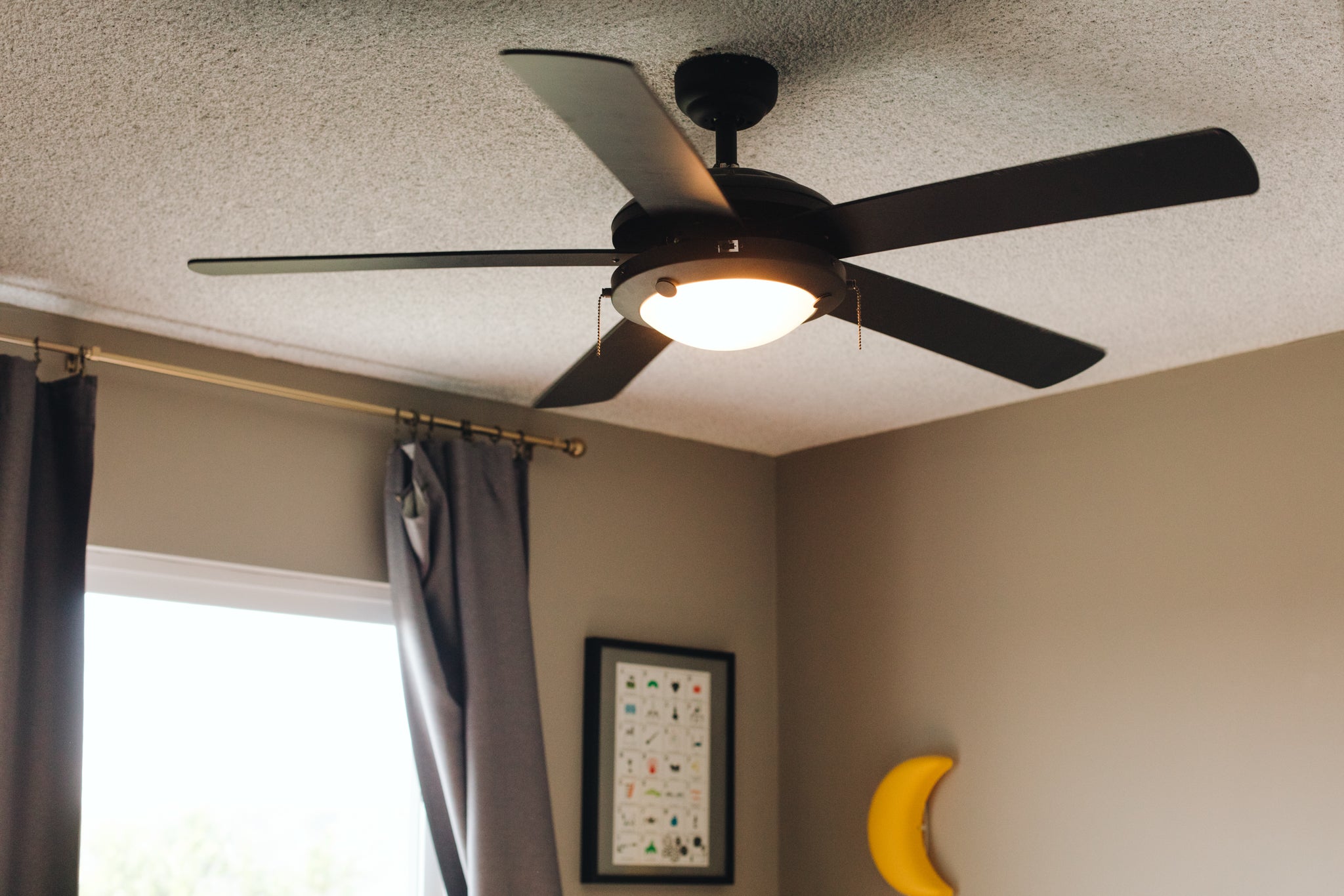
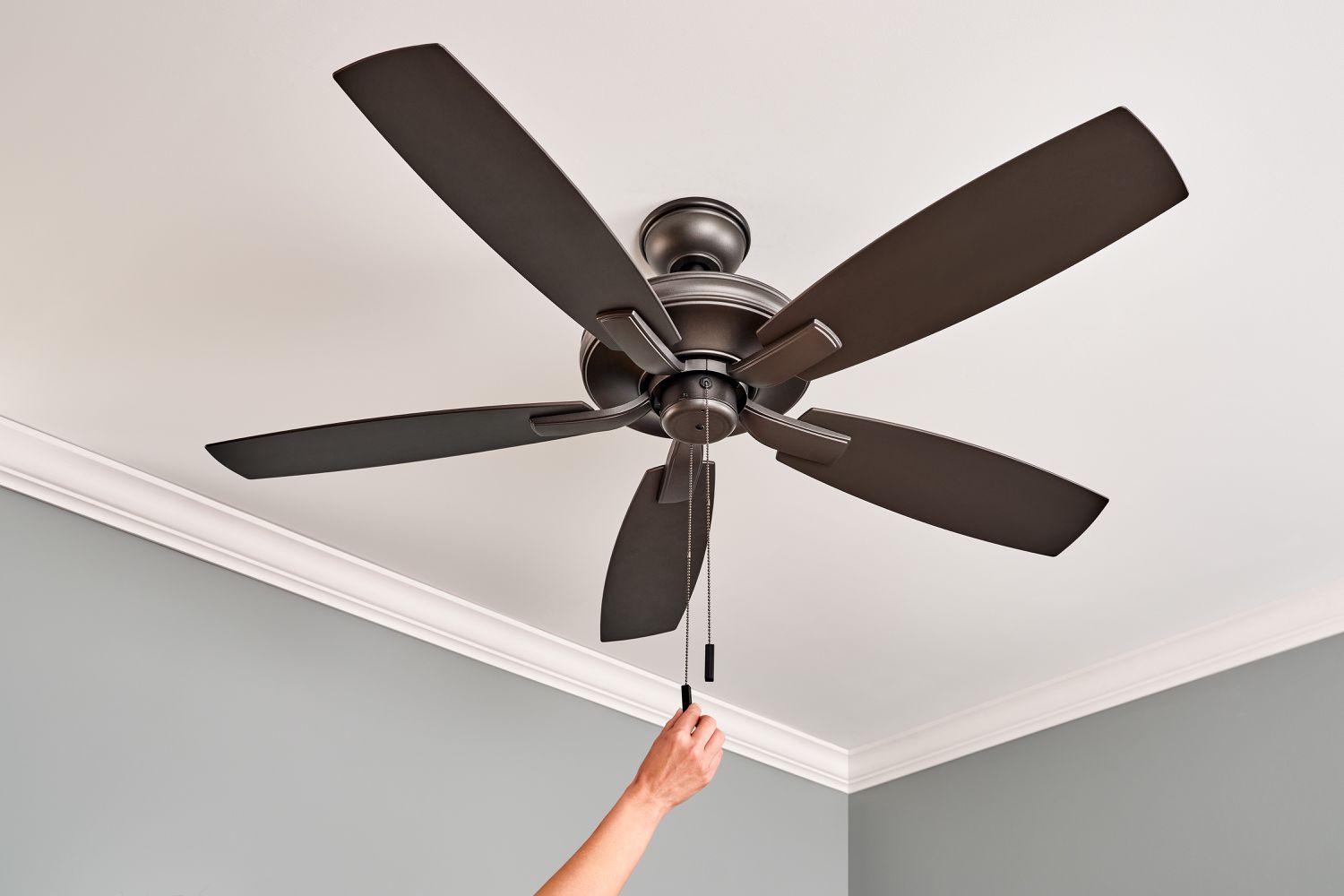
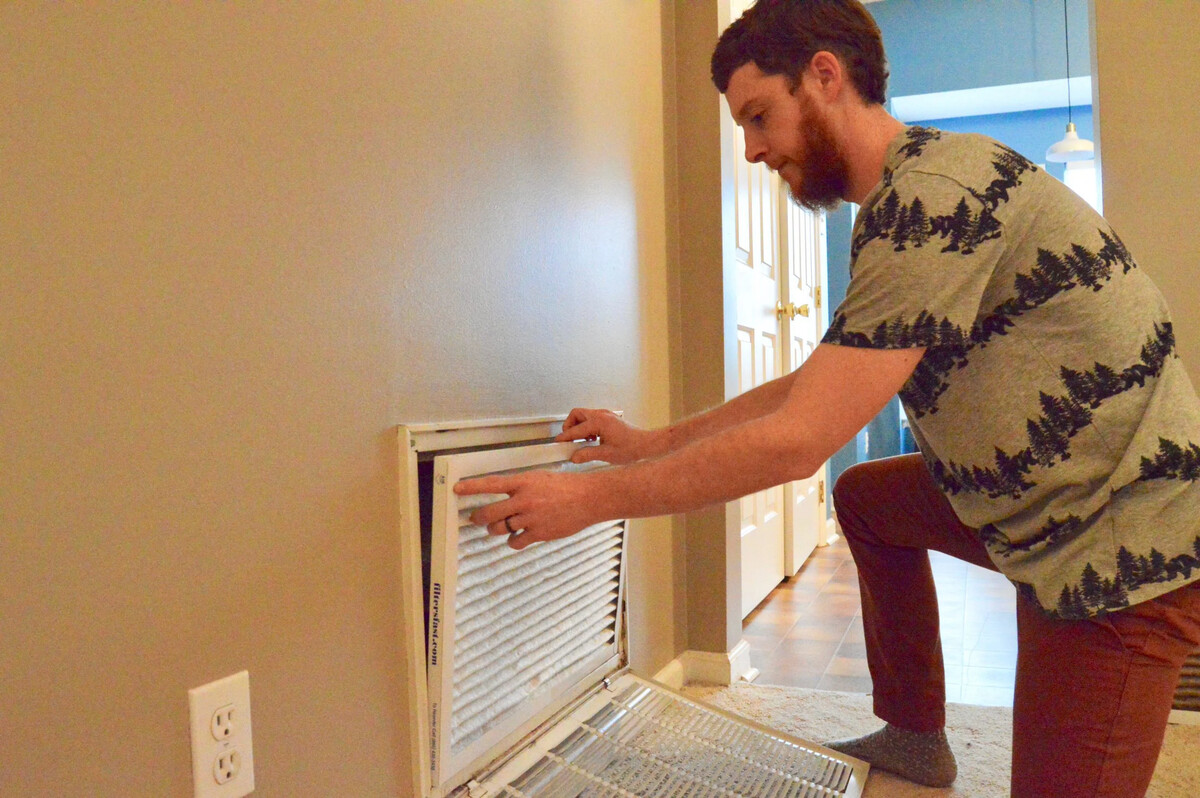
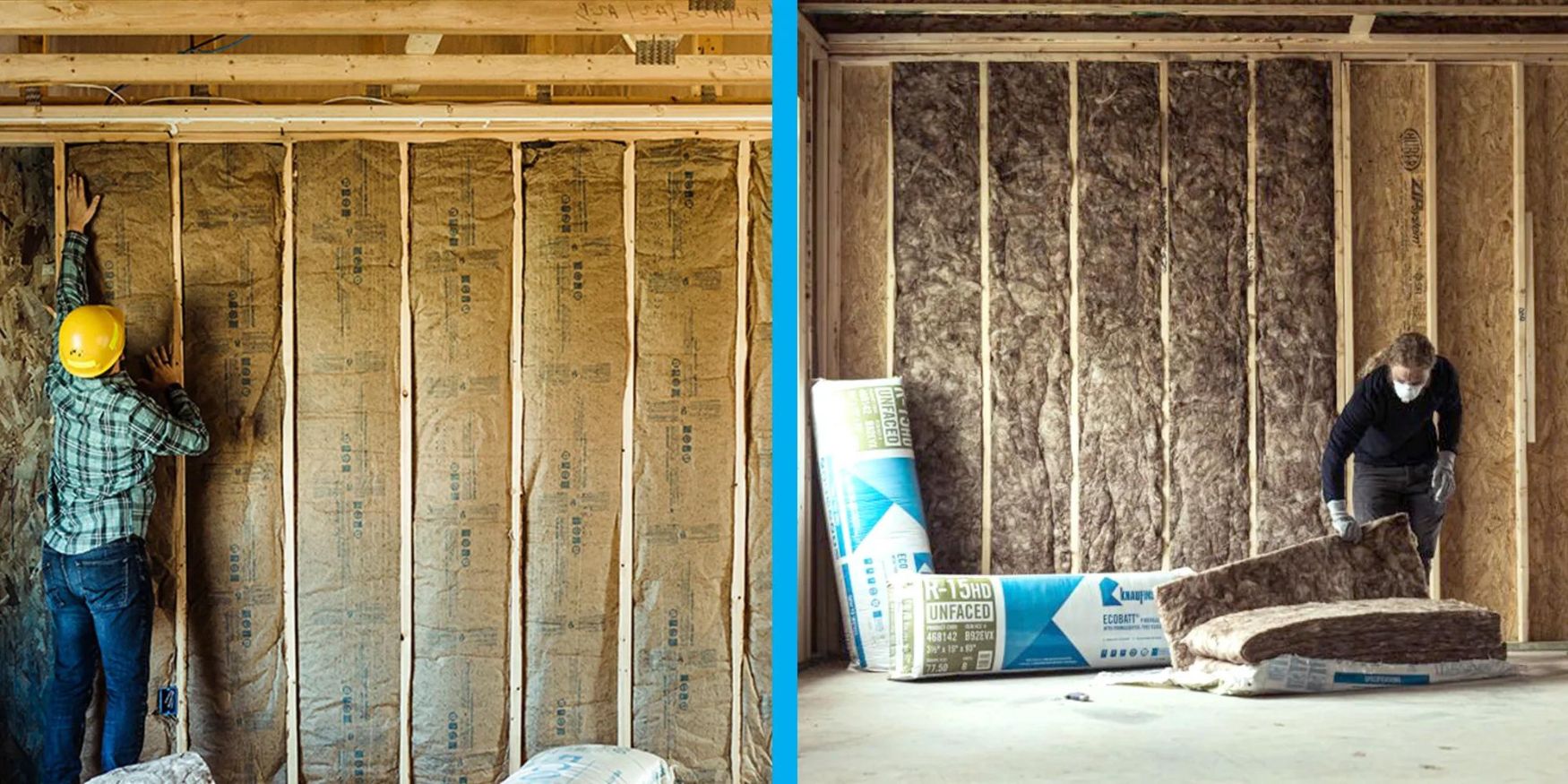
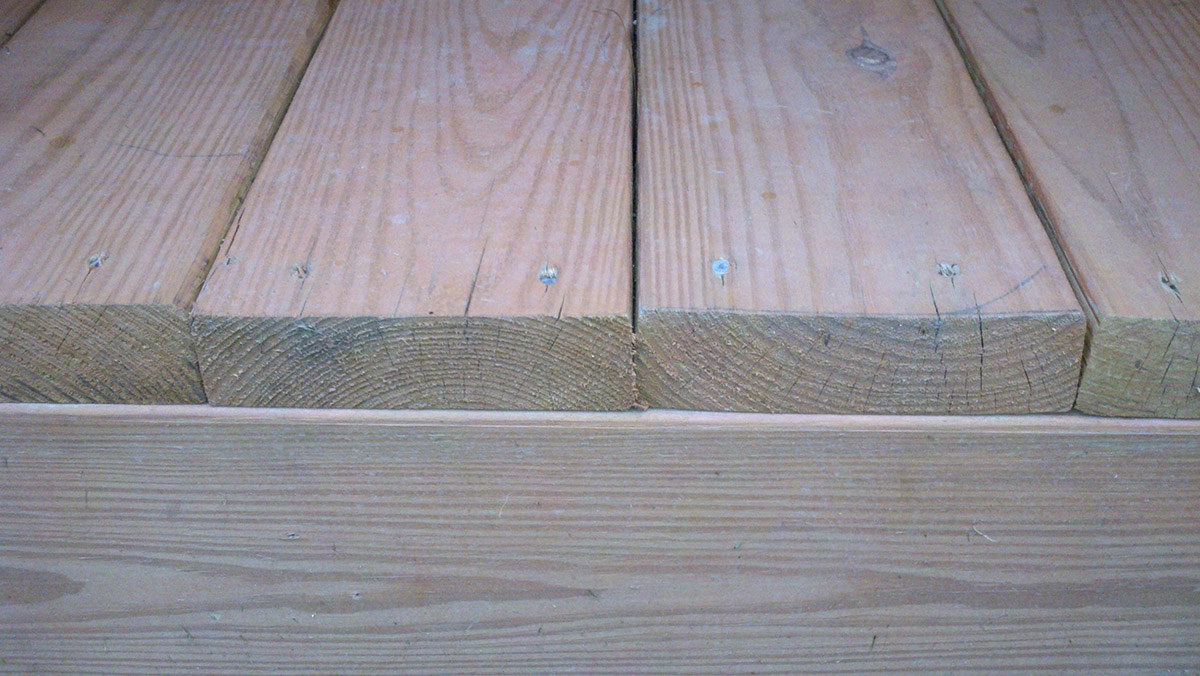
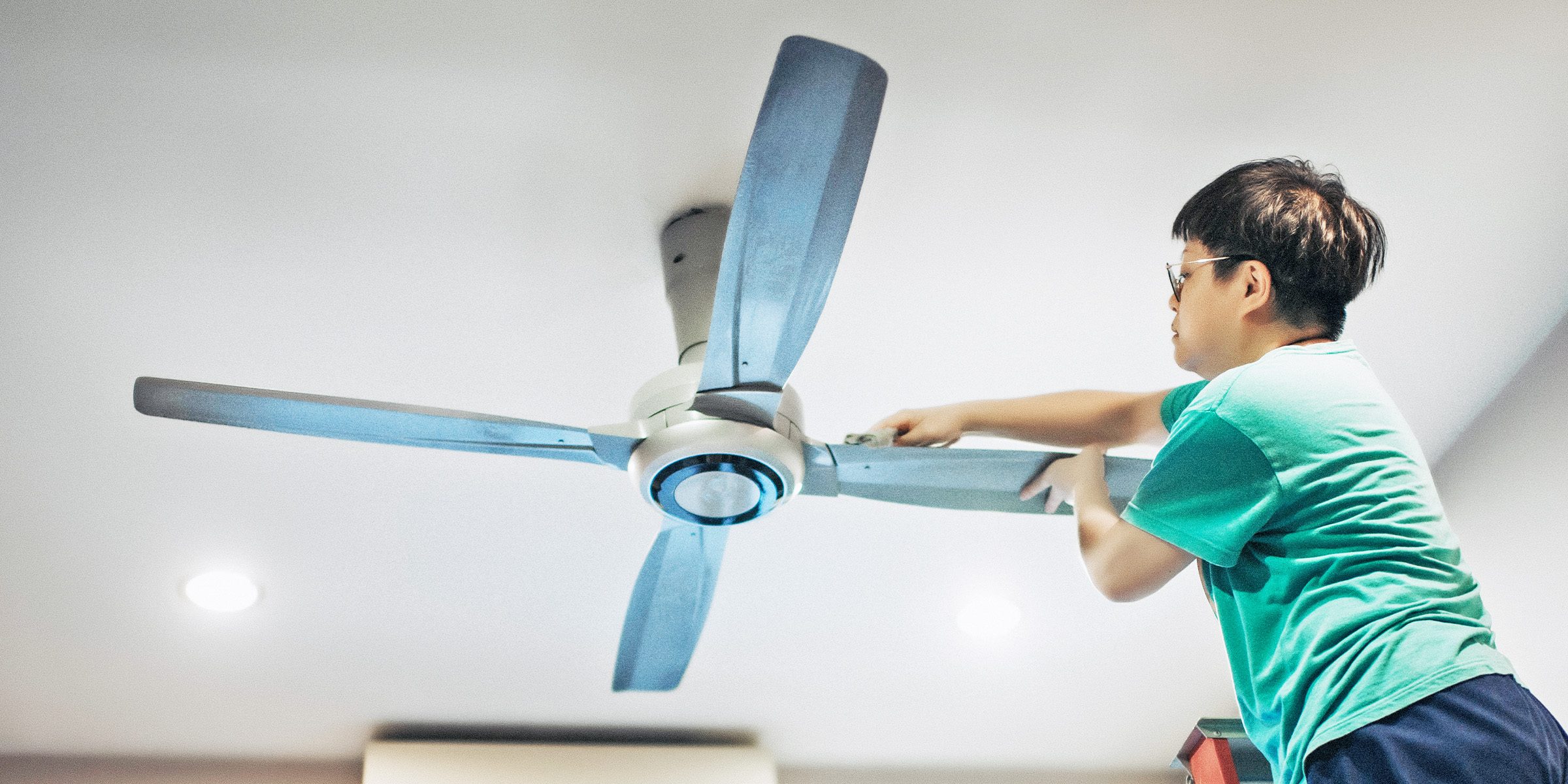
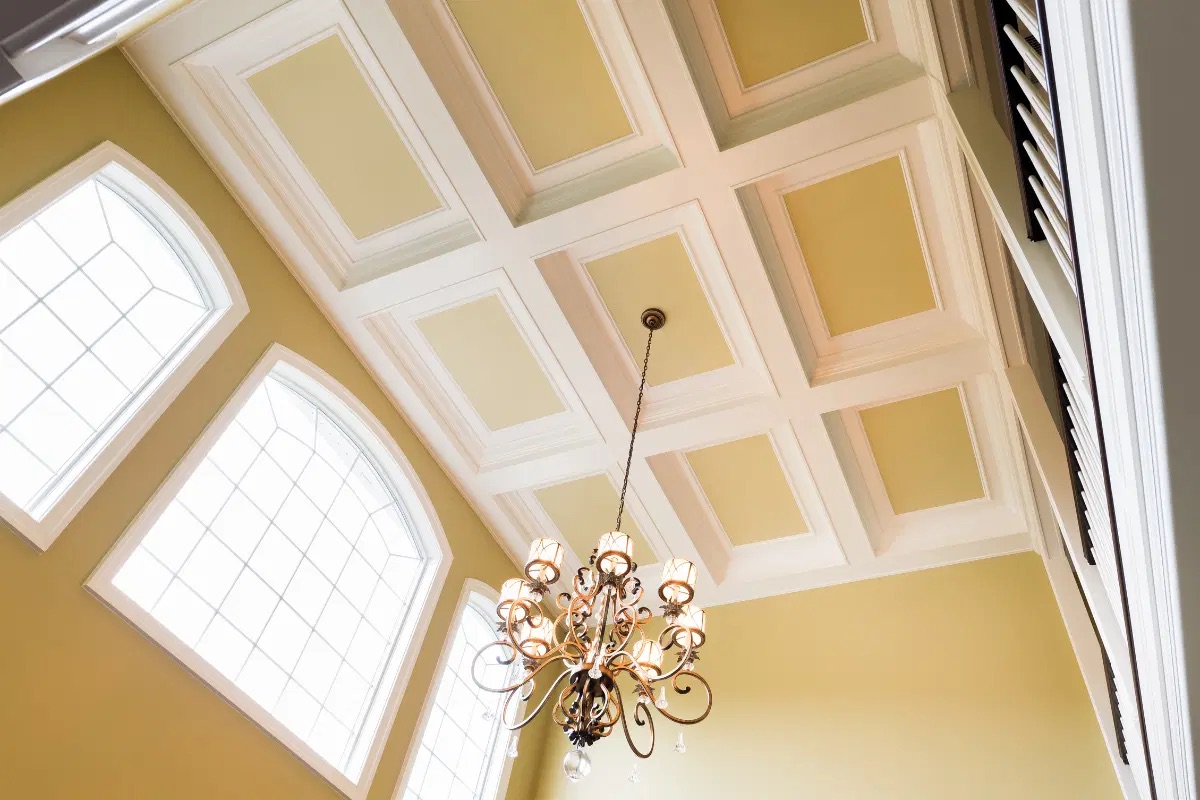
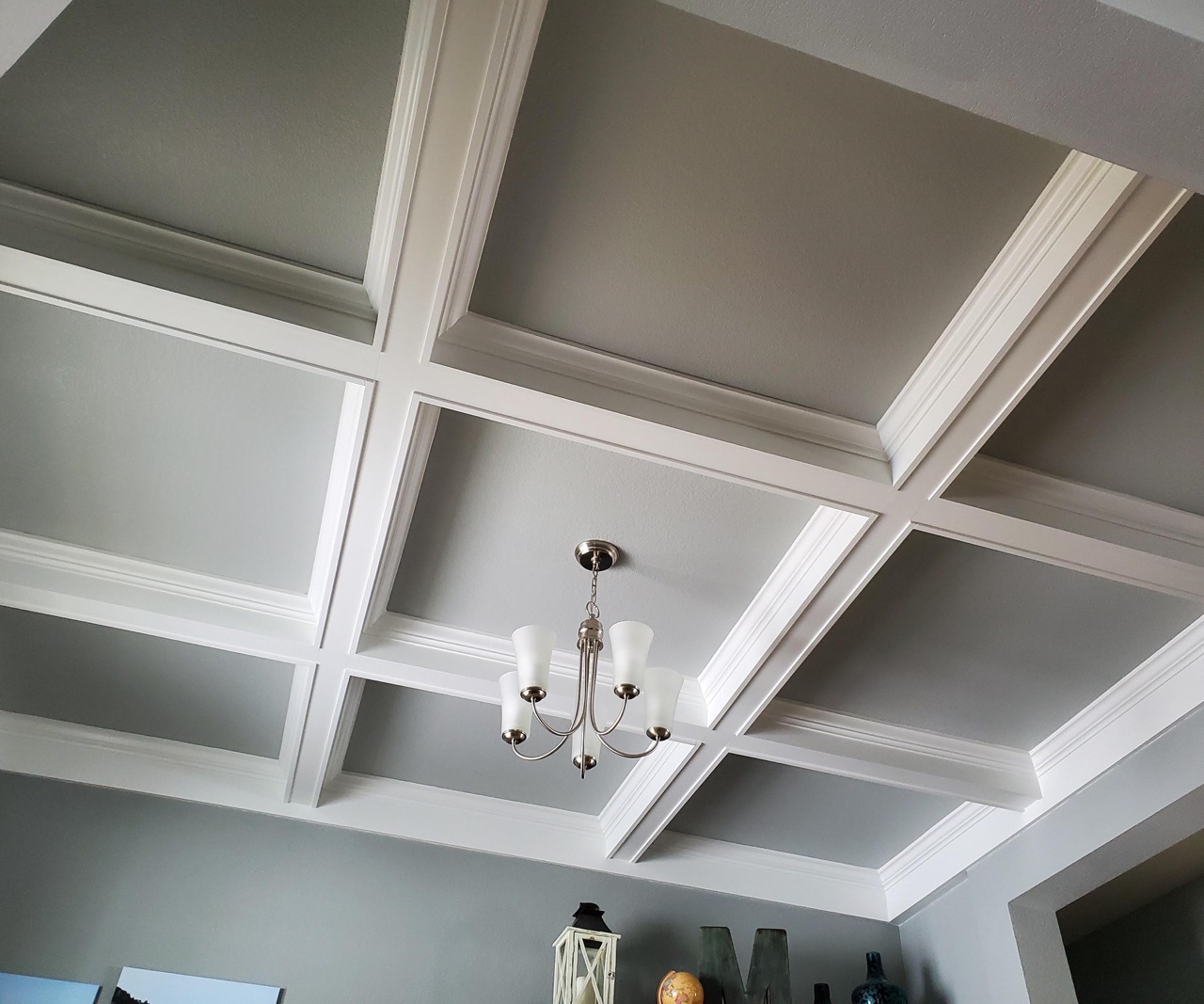
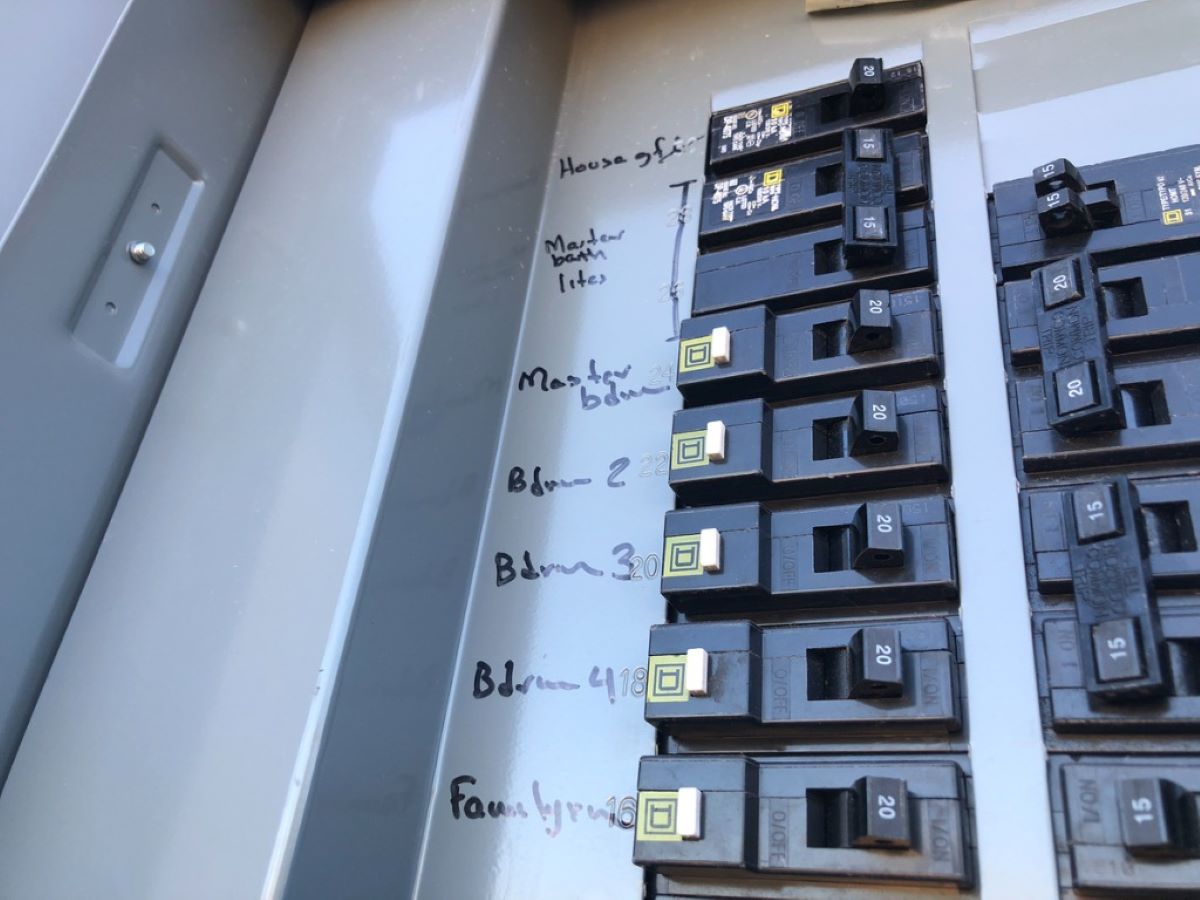
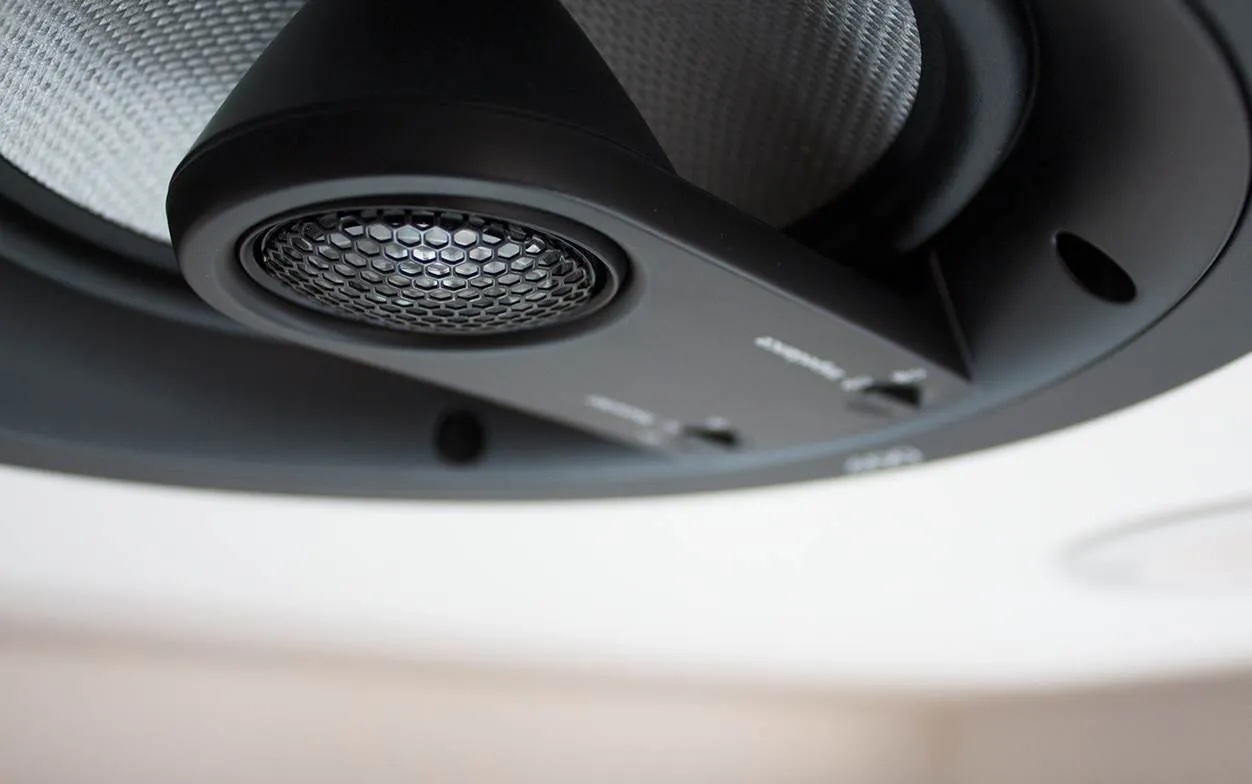
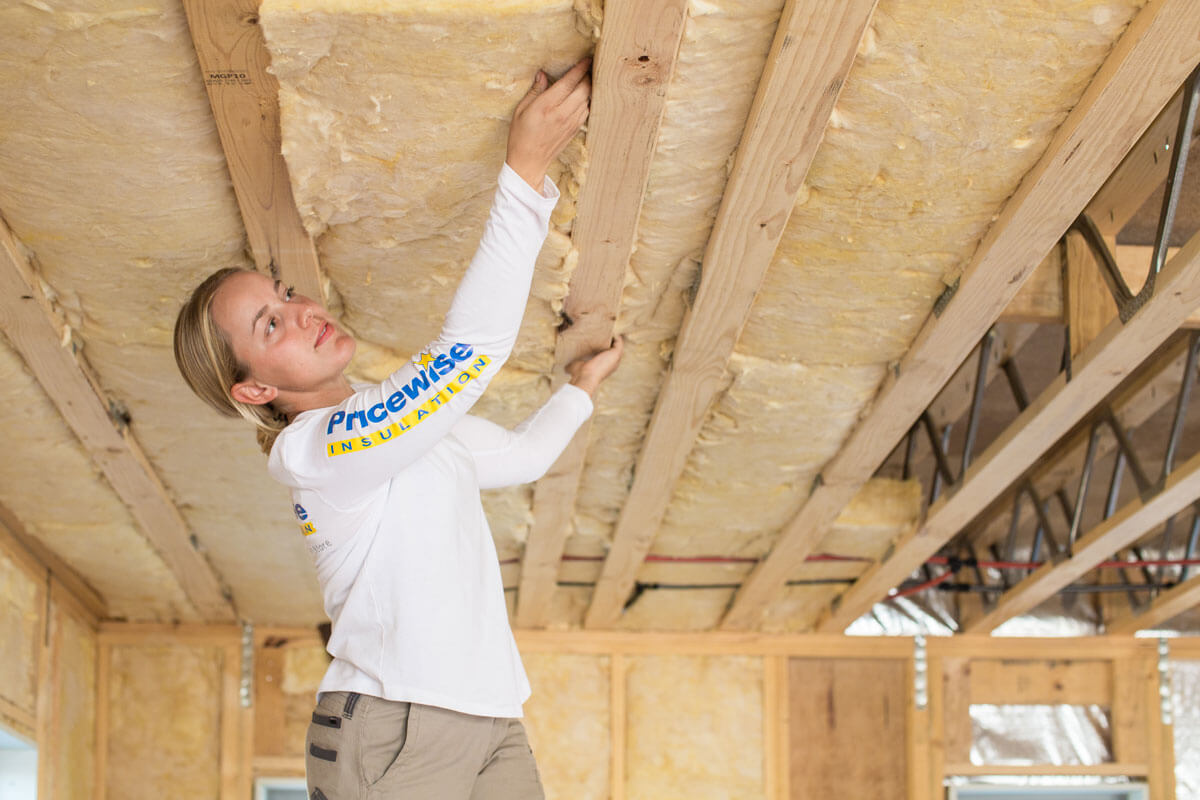
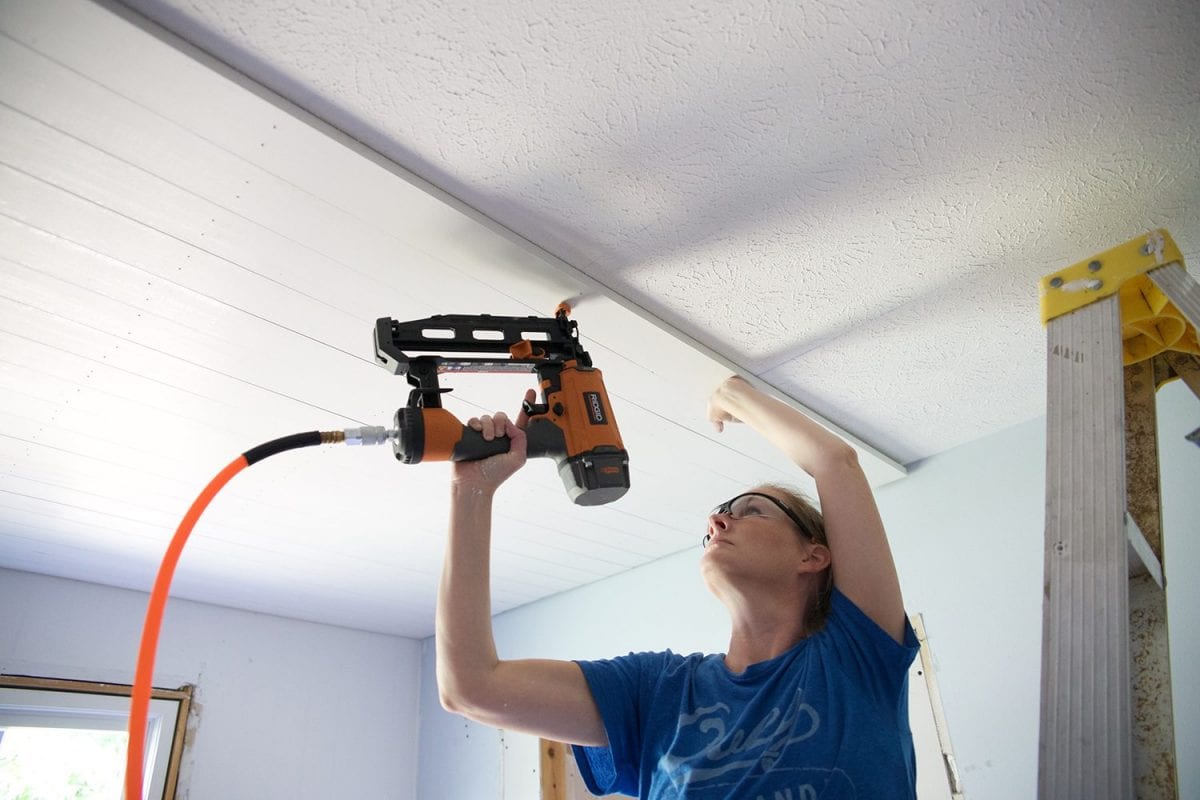
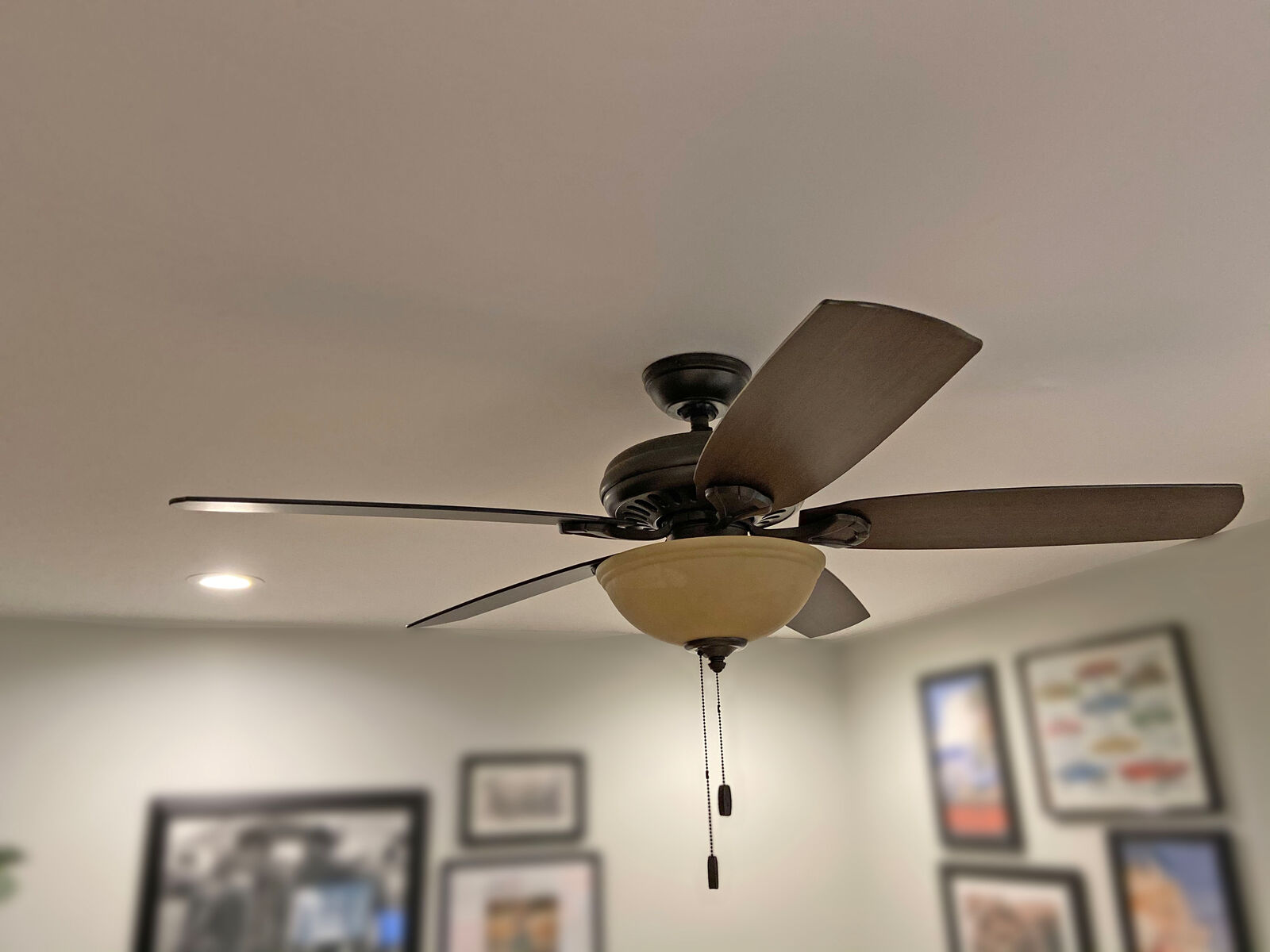
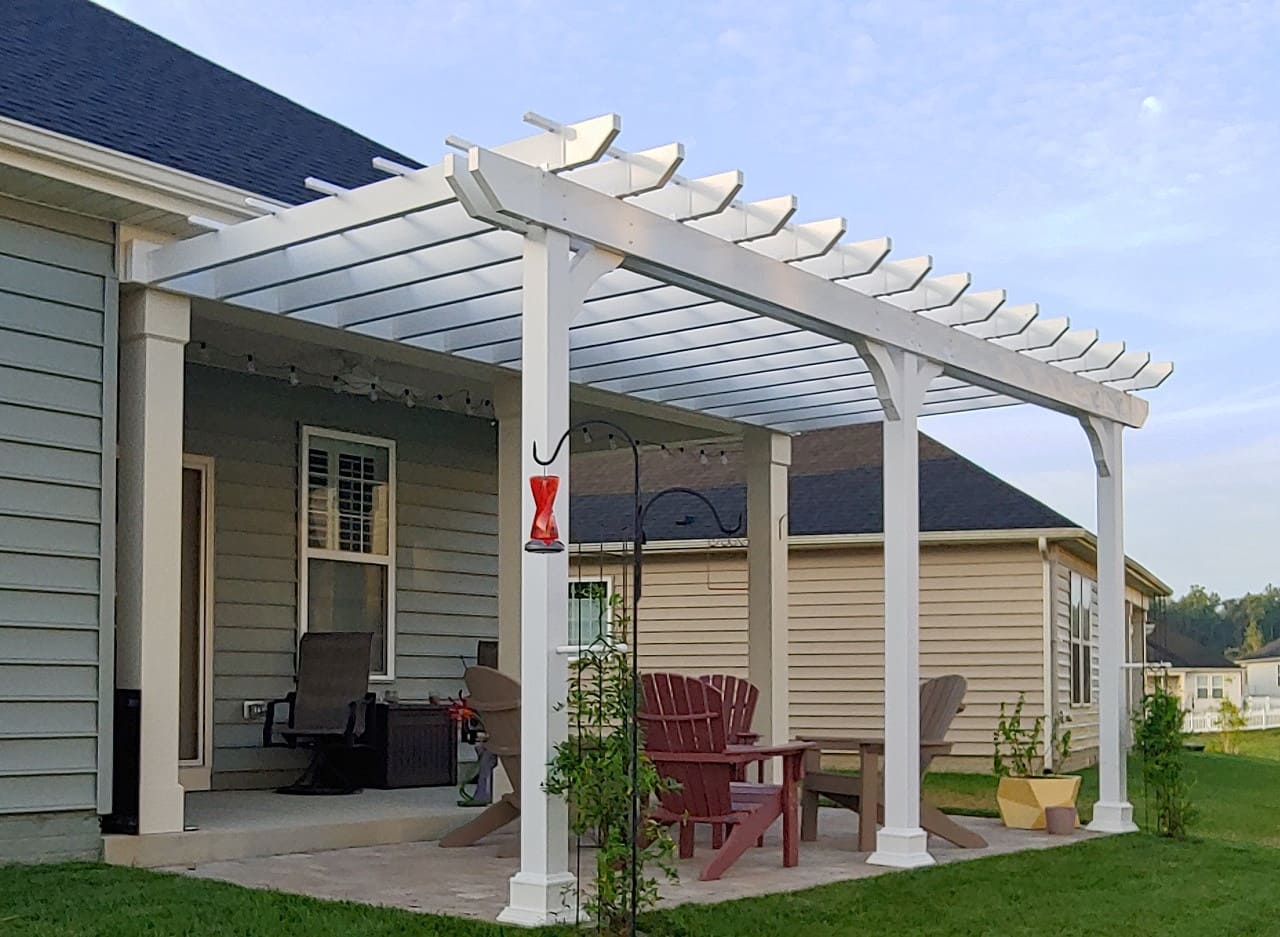

0 thoughts on “Which Way To Install Air Filter In Ceiling”